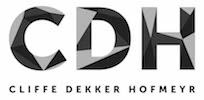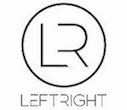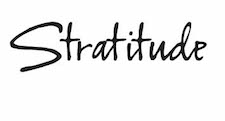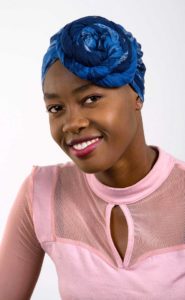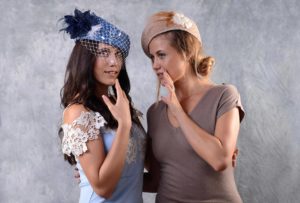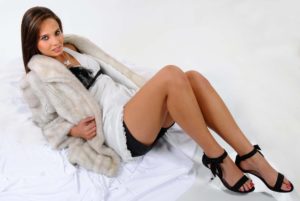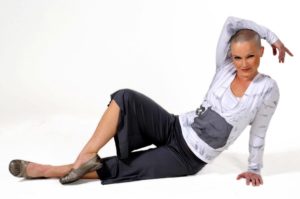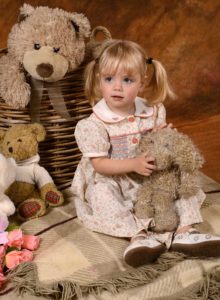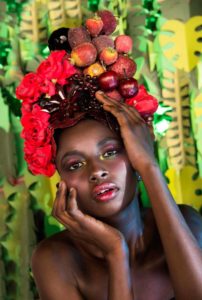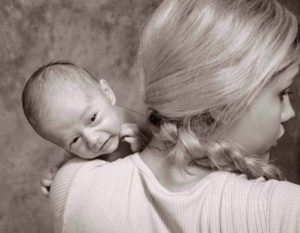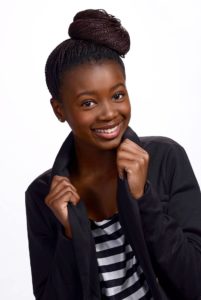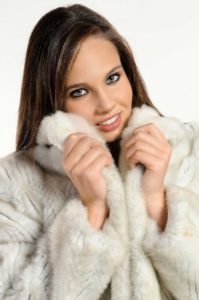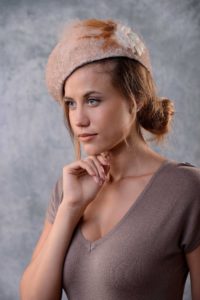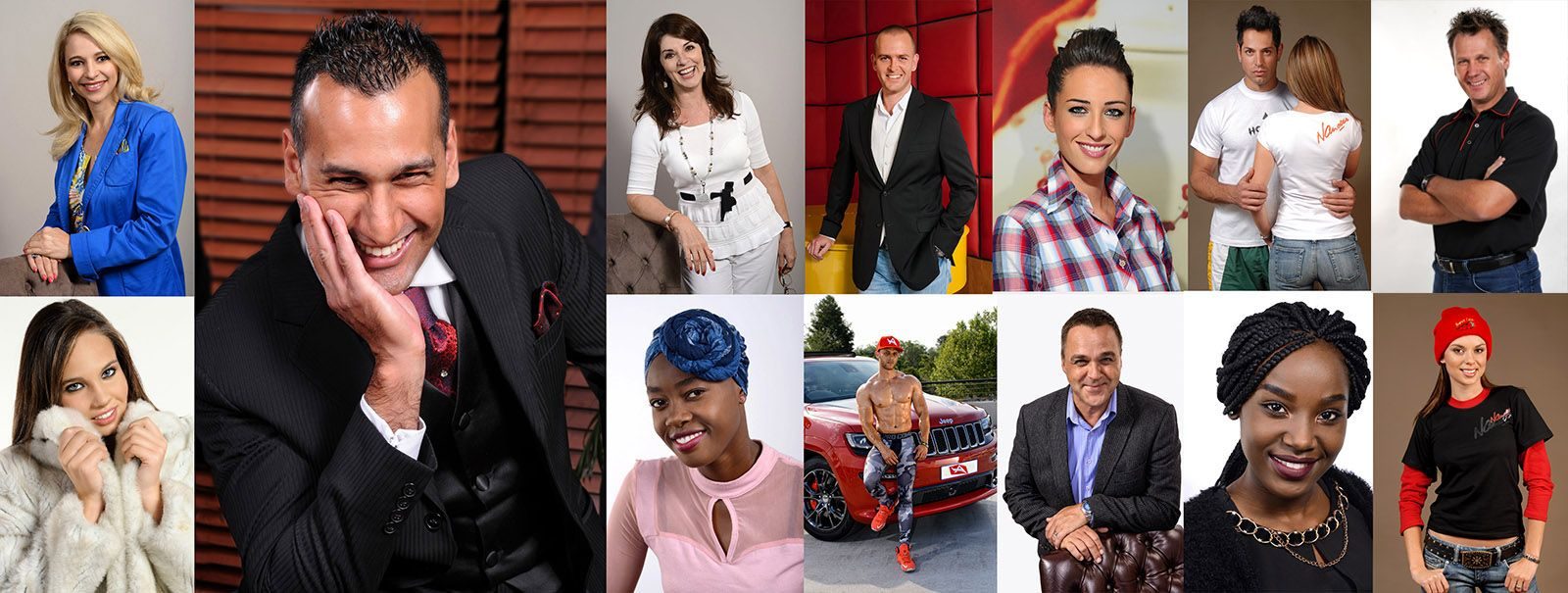
Portrait Photography
Portraits of People
Portraiture can be approached from many different angles and also serve many purposes.
These are some of the more typical types of portraits:
- Corporate (with a plain background)
- Shooting in the environment
- Personality/Profile
- Creative and aspirational, images to aspire to or to inspire
- When the subject is supposedly unaware of the camera creating a reportage feel.
“I prefer to shoot with proper lighting and/or studio lights and sometimes will use available light to get a candid feel.”
Props can also be included in the picture to depict what the person does and who they are.
All pictures are tastefully edited to enhance the person’s natural attractiveness and striking features. Very few people are perfect so sometimes it may be necessary to make subtle aesthetic enhancements to facial features to maximise the photographs. For instance, teeth can be whitened, lines around the eyes and neck and skin blemishes may be gently reduced. In certain instances, sags and facial symmetry may be enhanced too.
Care is always taken when shooting a portrait which needs to include buildings, executive suites, branding, or products, to ensure the person is the main focus. These external elements are included to add context to the final image and not to compete with the subject.
Portraiture Lighting
Lighting plays an important role in portraiture. For instance, I will mostly use a softer lighting for women than for men where a harder more dramatic and stronger look is required.
The starting point for most portraits is the so called “Rembrandt” lighting made famous centuries ago by the great Artist Rembrandt. The concept simulates a natural 45 degree directional “window” lighting which highlights the bone structure and three dimensionality of the subjects face.
Body language is also an important element to consider when creating the final look of the photograph which depends on the intended impression we want to depict. The old saying “the eyes are the window to the soul “is more relevant in portraiture than when it first was penned. The look in the eye of the sitter is very important in conveying the personality; be it the tender warm look of a mother, the wholesome sparkle of a youthful smile or the strong dedicated confident look of authority. This “look” must show in the eyes.
“Bullion PR & Communication has used Neil Forman Photography for 15 years. We have always been satisfied with his conduct with our clients and with his ability to make them feel at ease when sitting for portraits or public speaking. Neil also goes that extra mile for us by editing our pictures after the event. We have peace of mind when using Neil as he knows what we require as he is familiar with the public relations requirements.”
Lola Lazarus, Managing Director, Bullion PR & Communication"
Testimonials
Book An Appointment To Discuss Your Portrait And Family Photography Requirements Today!
Brands I Have WORKED WITH



